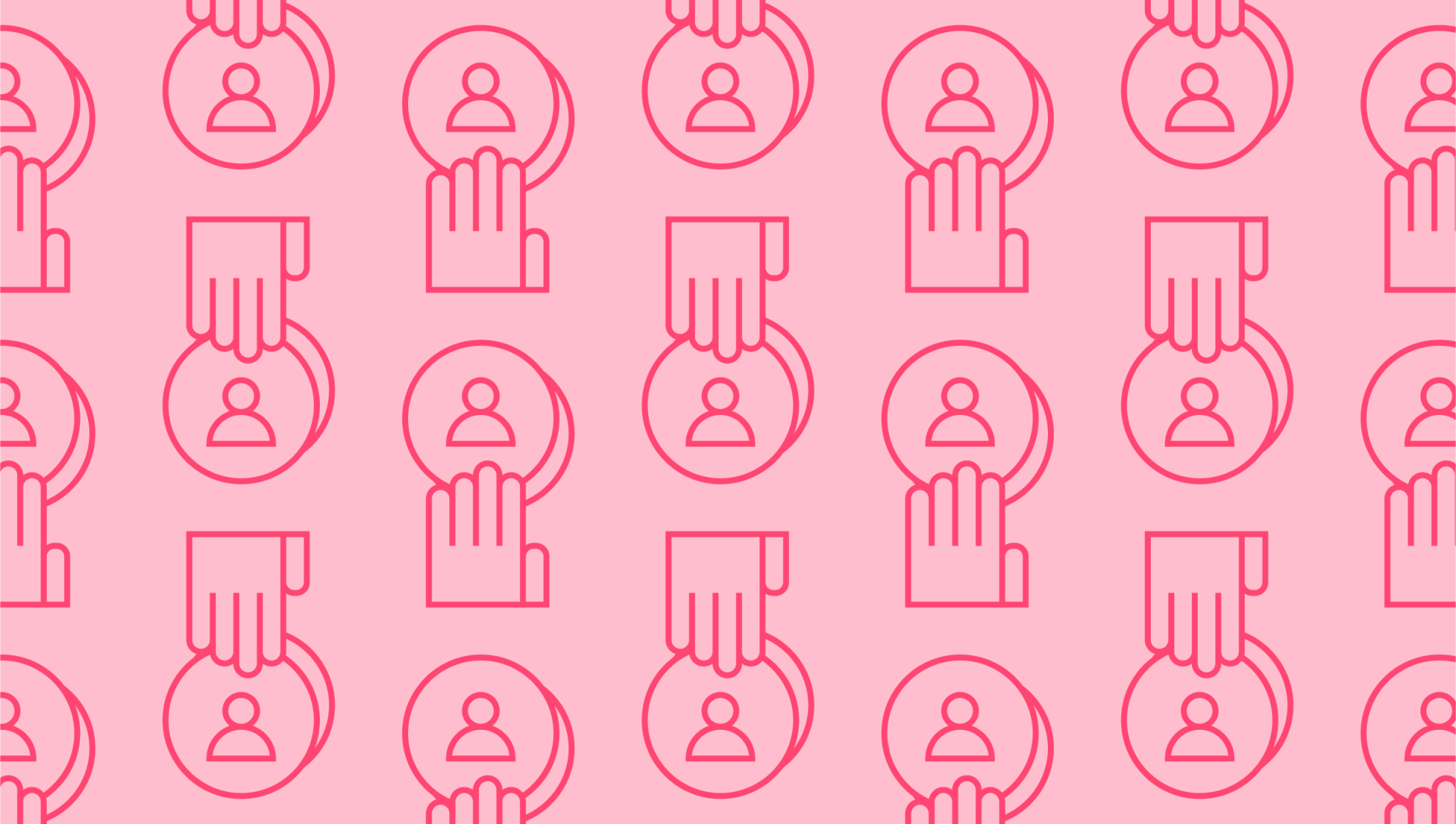Last editedNov 20223 min read
The way to grow a business is to retain existing customers for as long as possible while also acquiring new ones. This is why the customer retention rate is a key metric for all businesses. Here is a straightforward guide on how to measure customer retention accurately.
Customer retention meaning
The phrase ‘customer retention’ can be used as a convenient abbreviation for the term ‘customer retention rate’. It is also used to describe the strategies you use to retain customers.
What is a customer retention rate?
Your customer retention rate is the number of customers that your business retains over a period of time. It is expressed as a percentage of existing customers who return to you or remain with you within that time frame. For example, if your business has 100 customers in a month but 20 take their business elsewhere, you have an 80% retention rate.
Exact definitions of a good customer retention rate vary by industry. Obviously, the higher the better. Retail rates are typically around 60%, while insurance retention rates are often over 80%. If your customer retention rate is less than 15%, you need to be doing more to address the matter of retention.
Why is customer retention important?
There are three main reasons why customer retention is important. These are:
Maximises your return on the investment you made to acquire your customers
Helps you to make higher-value sales
Helps to create ambassadors for your brand
Here is a more detailed explanation of each of these points.
It maximises your return on the investment you made to acquire your customers.
There is always a cost to acquiring customers. The longer you can retain these customers, the more that cost is offset by the profit from their purchases. If you can retain those customers for long enough, the cost is eventually completely offset.
It helps you to make higher-value sales.
Customers do not necessarily jump head-first into a relationship with a business any more than they jump head-first into a relationship with a person. Instead, they often start with relatively small, low-value purchases. If a business can win its customers' trust, then it may also win higher-value sales with greater profit margins.
It helps to create ambassadors for your brand.
Customers stay with you because they are happy with your service. The more happy customers you have, the more chance you have of earning organic, word-of-mouth testimonials and referrals. These are the most valuable form of marketing collateral any business can have.
Calculating your customer retention rate
It’s important to know how to measure customer retention both accurately and consistently.
First, decide how often you want to measure it. Retailers may find it pertinent to measure customer retention on a monthly or quarterly basis. By contrast, businesses that use subscription models (like SaaS providers) may want to measure customer retention daily.
There’s a formula that you can use to calculate your retention rate. To use it you need three sets of data:
Number of existing customers at the beginning of the time period (B)
Number of customers remaining at the end of the time period (E)
Number of new customers added within the time period (N)
The formula to calculate your retention rate is:
[E-N / B] x 100 = Customer Retention Rate (CRR)
Key customer retention metrics
Now you know how to quantify your customer retention rate. But your CRR is by no means the only metric that can paint a picture of your customer retention. These other metrics can help you to better ascertain customer loyalty.
Churn rate –this is the opposite of your retention rate. Churn refers to customers you have lost. You can calculate churn rate for customers, revenue or both.
Existing customer revenue growth rate – this measures how much existing customers spend with you. If it stagnates or drops, this may be a precursor to churn.
Repeat purchase ratio – this measures how motivated customers are to return to you to buy more products.
Product return rate –this is how often customers return tangible goods to you.
Customer lifetime value –this is how much a customer contributes to your profits throughout their relationship with you.
Net promoter score – this measures how many of your customers refer others to your business.
Customer retention strategies that work
Now that we’ve looked at ways to gauge customer retention, we need to look at what actions you can take if your retention rates are found to be wanting. While much of this is simply a matter of maintaining best practice, effective customer retention strategies include:
Remove barriers to sales/onboarding (e.g. embracing alternative payment methods).
Be proactive in communication with customers. You can use CRM automation to your advantage here.
Actively solicit customer feedback on platforms like Trustpilot.
Implement a customer rewards programme.
Incentivise customer referrals.
We can help
One key aspect of maximising customer retention rates is minimising churn, particularly involuntary churn. Involuntary churn is when a customer accidentally stops buying your product or using your service. This is generally due to payment issues.
GoCardless can help prevent this by delivering a seamless customer payment experience. With GoCardless, customers just have to provide a one-time authorisation. After this, the merchant takes charge of setting up the payments. The customer is fully protected from unauthorised payments due to the Direct Debit Guarantee.
If you provide invoices, these become for notification only. Your customer is charged automatically on the invoice due date. Their payment is then automatically reconciled. This makes life a lot easier for both your customers and for you.


